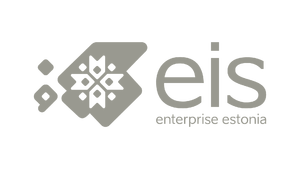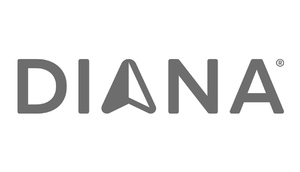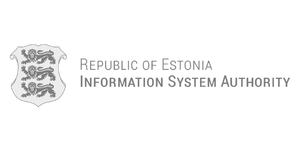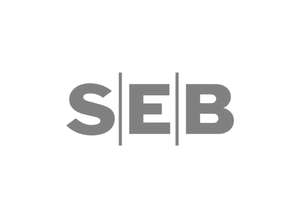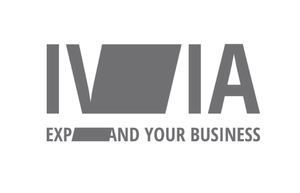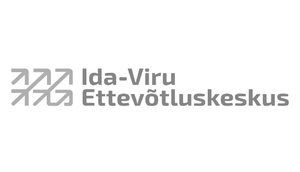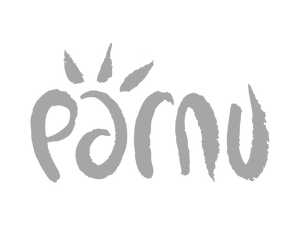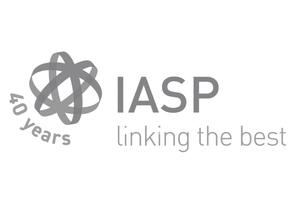26.04.2022
In-house innovation culture at Thermory and the challenges of big companies and startups working together
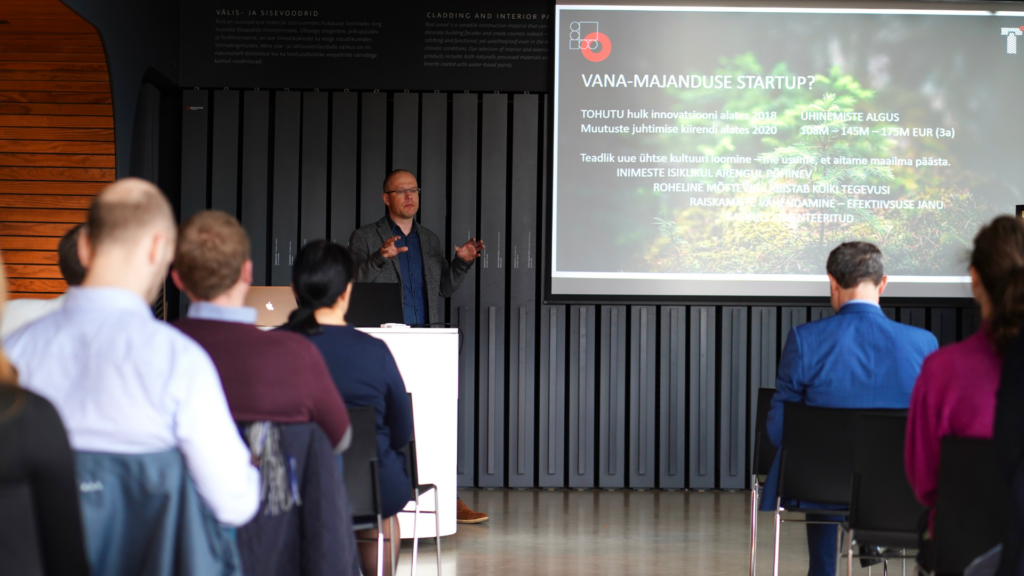
The Innovation Leaders’ Club had a guest presentation from Thermory, the world-leading producer of heat-treated thermowood and sauna materials. Thermory spoke at the meeting about its in-house innovation culture and its ongoing projects, after which there was a seminar on partnership models for large companies and startups.
The event was opened by Simmo Soomets, the CEO of Thermory, who gave the opening address and a showroom presentation to members of the innovation leaders club.
Thermory is an Estonian company that makes heat-treated thermowood and products made from it, and that has Estonian owners and is a world leader in its field. The company had a turnover of more than 145 million euros in 2021. It now operates in 17 different locations, and the Thermory group has companies in six countries. Simmo explained that the key features of the company are the combination of science and design, innovative solutions, and ease of installation.
He described how Thermory adds value to the wood using heat and steam, saying that the heat treatment process can be divided into three stages of heating or drying, heat treatment, and cooling or humidification. “All this makes the wood more durable, more stable in size, and less heat-conducting, and keeps it free of chemicals and so makes it safe for waste processing”. Thermory wood is most commonly used for terraces, cladding, floors and interior wall panels, and sauna materials.
In-house innovation changed the culture of the whole company
Simmo described innovation at Thermory by saying it was like an old economy startup. A huge amount of innovation has been brought to the company since 2018, but at one point it was realised that the approach was relying too heavily on Excel spreadsheets, and after that more emphasis was placed on the culture of the company and the well-being of its people. This was followed in 2020 by a change management accelerator, and the spirit of that has remained with them to this day. After Green Tiger became involved in the work of Thermory, it has concentrated increasingly on meeting green goals and on environmentally sustainable approaches.
“We have acted consciously to create a single culture, and we believe that we are really helping to save the world. At Thermory we focus on the personal development of our people, with a green approach running through all of our activities, and we reduce waste at every step. You could say we are thirsty for efficiency and growth oriented”, Simmo explained.
“We are always only halfway to meeting our green targets. We are constantly taking smaller or larger steps and looking all the time for new solutions to preserve the resources of the planet”, he added.
The next speaker after Simmo was Liivi Viin, who works in environmental management at Thermory. She explained the green goals of Thermory more broadly and said that in its everyday work, Thermory prioritises global sustainable development goals 7 and 12, which concern sustainable energy and sustainable production and consumption. “We work on product design with the Estonian Academy of Arts for example, to get the best ideas for how we can best reuse our production waste”, she explained.
Development manager at Thermory Hannes Tarn told the audience about the innovation goals of the company, and shared their experience of what meeting them means. “How can I think outside the box, when I have been building that box myself for 25 years?” Hannes asked. He recognised that the thoughts and understandings acquired over the years must be consciously changed and this requires stepping away from simple excuses like “we have always done it this way”, “the boss said we had to do this”, or “no effort is ever wasted”.
Hannes observed that consciously testing different innovative machines can inevitably lead to innovation hiccups, as the machines make errors or because there are some inaccuracies in earlier practices. The important thing is to continue testing and to recognise the many successes that there are. “If something is the best in its class, there is a tendency to put innovative development on pause”.
A partnership model for large companies and startups
Toomas Seppel of Hedman Law Firm came to give a seminar on a partnership model, discussing broadly the construction of a cooperation system, and cooperation in developing products and portfolios.
Toomas discussed five different models for partnerships and gave real-life examples of them, and he described their weak points and advantages. The models that he discussed were:
- Model 1 – licensing
- Model 2 – equity participation
- Model 3 – the cooperation agreement
- Model 4 – the merged company
- Model 5 – exit
Co-founder of Change Ventures Yrjö Ojasaar presented the topics of investment, venture capital funds and scouting for start-ups in the context of cooperation models. He started his presentation by saying he has been called the Gordon Ramsay of the startup landscape. The first recommendation Yrjö gave was to consider three key points: partnership relations between large companies and startups require a lot of time, they usually fail, and they are taxing.
“I can honestly say that I would not recommend doing anything with a large company, because it leads to death by a thousand cuts,” said Yrjö with a broad smile. He explained how all of the inevitable touches of the brakes by large companies can kill a startup, as startups move fast and may not be subject to all the same laws for example. Their role is to disrupt markets.
He pointed out though there is a great win-win opportunity from large corporations and startups working well together. Clear ground rules are needed. Yrjö listed the most important: “You must make an agreement! Start from the most elementary questions, such as who exactly is the person at the large company that will handle purchases from the startup. Allocate money properly. What is the plan? The timeframe? How is success defined by the two sides? How is that success measured? What is the vision for the future?”.
In summary he stated that any partnership needs the parties to make it very clear for themselves what they want from their cooperation. The best synergy for cooperation comes in developing artificial intelligence and machine learning projects.
The visit by Thermory in combination with the practical seminar on cooperation were exciting and provoked long discussion among members. See you at the next event soon!



